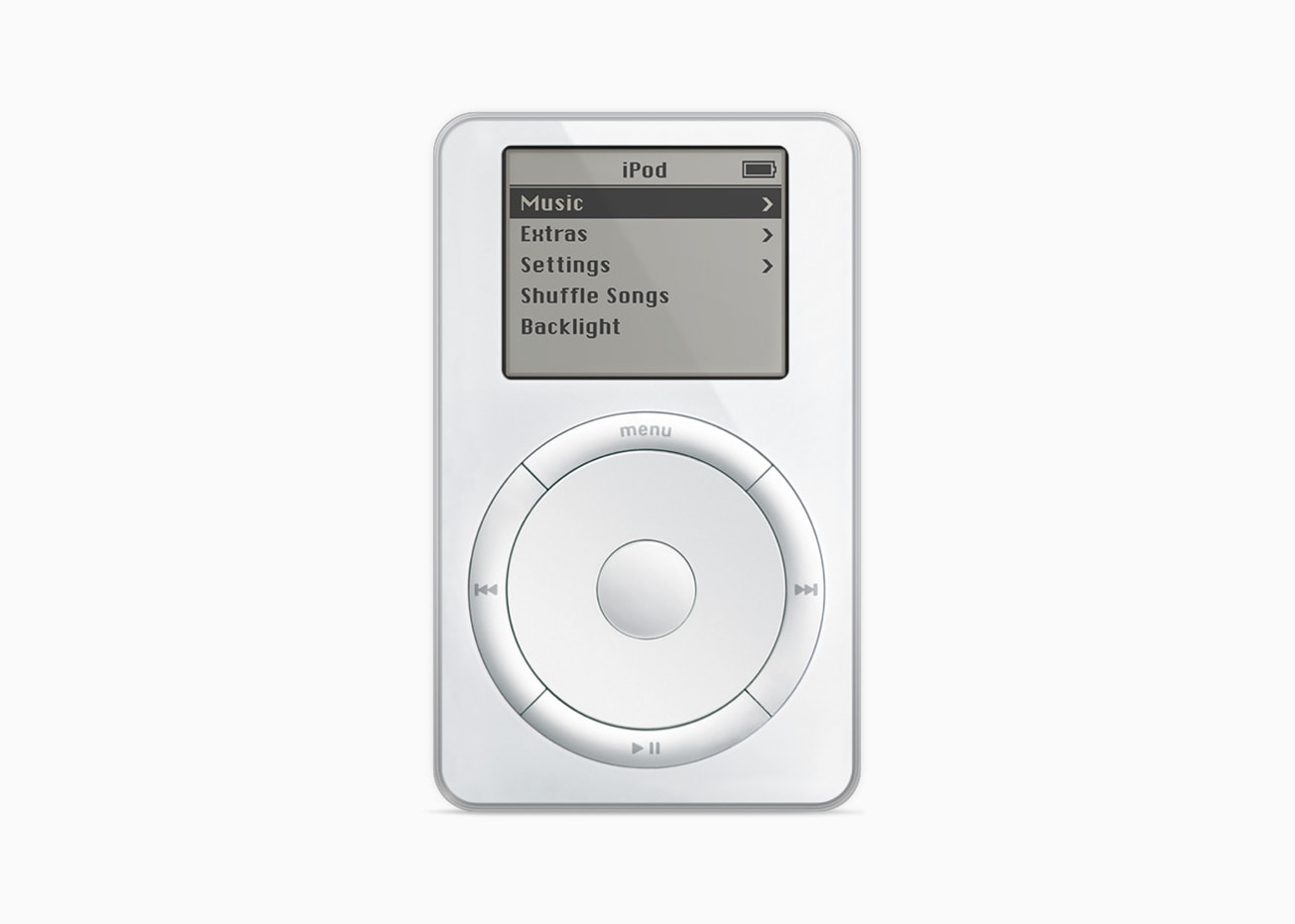
Photo- AI Generated.
The Rise of Digital Music: How MP3s Revolutionized the Music Industry in the 2000s
The dawn of the new millennium brought with it a seismic shift in the way music was consumed, distributed, and shared.
9 April 2024
At the forefront of this digital revolution was the MP3, a revolutionary audio compression format that transformed the music industry and paved the way for a new era of digital music consumption. As we delve into the rise of digital music in the 2000s, we uncover a paradigm shift that forever changed the landscape of the music industry.
The Birth of the MP3
The MP3, short for MPEG Audio Layer III, was developed in the late 1980s as a means of compressing audio files to make them smaller and more easily transferable over the internet. However, it wasn't until the late 1990s and early 2000s that the MP3 format began to gain widespread popularity, thanks in large part to the proliferation of high-speed internet connections and the rise of file-sharing services like Napster, LimeWire, and Kazaa.
The Demise of Physical Media
With the advent of MP3s, the era of physical media began to wane. No longer bound by the limitations of CDs, tapes, or vinyl records, music lovers could now store thousands of songs on their computers or portable MP3 players with ease. This shift away from physical media had profound implications for the music industry, leading to the decline of record stores, CD sales, and traditional distribution channels.
The Rise of Digital Distribution
As MP3s became the dominant format for music consumption, digital distribution platforms began to emerge, offering consumers a convenient and affordable way to purchase and download music online. iTunes, launched by Apple in 2001, played a pivotal role in popularizing digital music downloads, offering a vast catalogue of songs from major record labels and independent artists alike. Other platforms, such as Amazon MP3 and Spotify, soon followed suit, further revolutionizing the way music was bought, sold, and distributed.
The Impact of File-Sharing
While digital distribution platforms offered a legal alternative to piracy, file-sharing services continued to thrive, allowing users to download music for free from peer-to-peer networks. Although controversial and often illegal, file-sharing played a significant role, introducing millions of listeners to new artists and genres while simultaneously undermining the traditional business models of the music industry.
The Evolution of Streaming
In the latter half of the 2000s, streaming services began to emerge as the next frontier in digital music consumption. Platforms like Pandora and Spotify offered listeners access to vast libraries of music on-demand, supported by advertising or subscription fees. This shift towards streaming marked a new chapter in the evolution of digital music, giving rise to a more sustainable and lucrative revenue model for artists and record labels alike.
From the demise of physical media to the rise of digital distribution and streaming, the advent of MP3 technology transformed the way music was created, distributed, and consumed on a global scale. While the digital revolution brought with it challenges and disruptions, it also opened up new opportunities for artists, fans, and entrepreneurs alike, ushering in a new era of innovation and creativity in the world of music.




